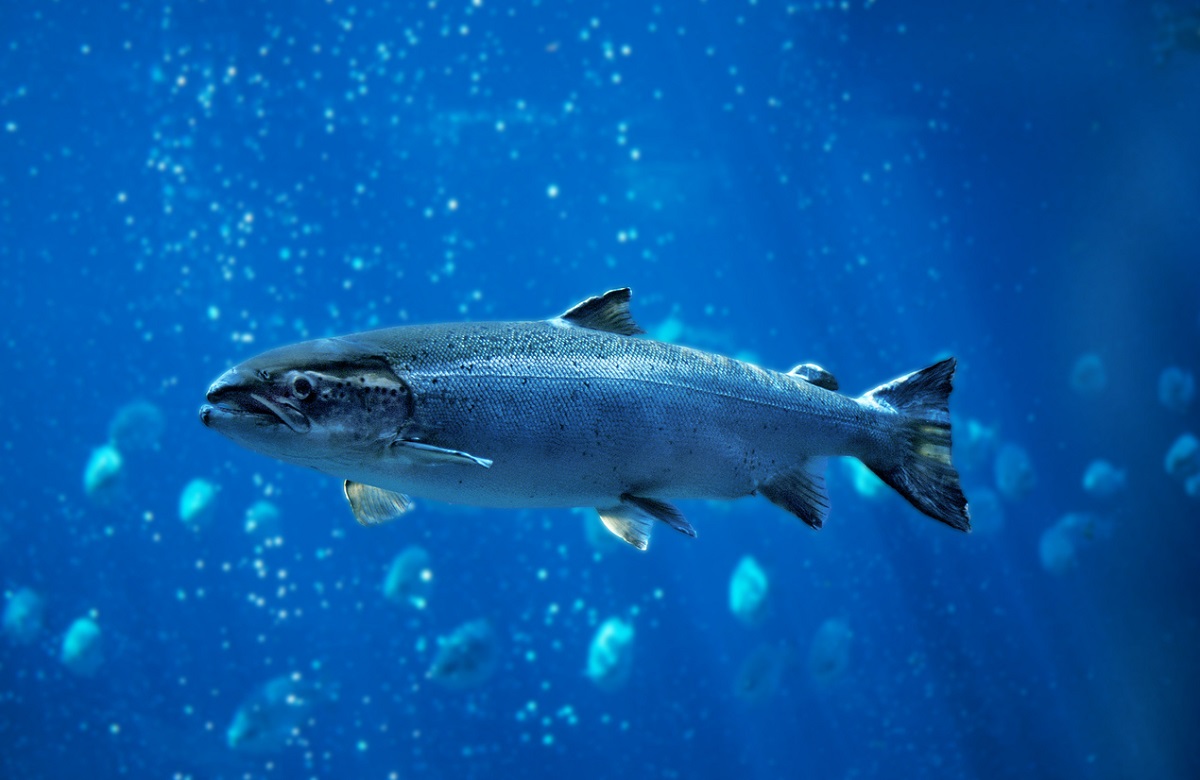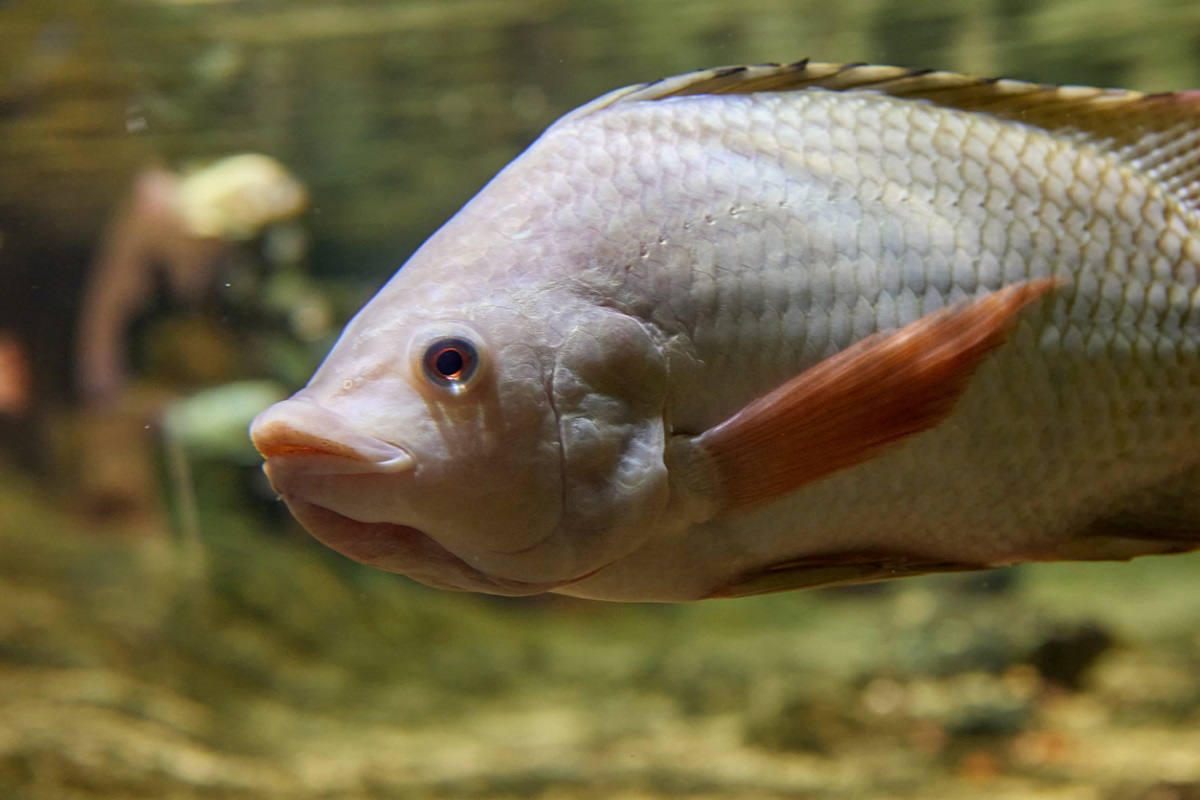The Status of Gene Editing Regulations in Fish Aquaculture
| |
CRISPR-Cas9 is a popular and accessible gene editing tool. In aquaculture, it has been used to develop several fishes with targeted traits such as reproduction and development, pigmentation, disease resistance, and omega-3 metabolism. In view of the recent development in Japan in which two fishes developed using CRISPR-Cas9 were allowed to enter their market, it is important to visit the existing regulatory landscape for gene edited animals, particularly in aquaculture. How will these gene-edited fishes be regulated and, more importantly, will they be publicly acceptable to consumers?

In a paper published in July 2021, a team of scientists from Norway and China outlined some of the most important lingering issues that existing regulatory frameworks have when it comes to evaluating gene-edited fishes. Specifically, they focused on fish of commercial importance such as salmon and tilapia.
Regulations and the rapid advancement of biotechnology
The existing regulatory and risk assessment frameworks, regardless of where they are implemented or for what product they are being implemented for, have a common element: that the assessment of human safety and environmental risks is mandatory. While they differ about being process-based or product-based, it is undeniable that the main goal is to ensure that the end-product will not pose potential risk to human health nor environment. One of the most known guidance materials in regulating genetically modified (GM) products is the Cartagena Protocol on Biosafety (CPB). It describes risk assessment in five steps:
- Identify, if any, the novel genotypic or phenotypic characteristic of the product.
- Evaluate if it will pose any adverse effects.
- Evaluate the consequences of these adverse effects, if any.
- Estimate the overall risk.
- Recommend if the risks, if any, are acceptable or manageable.
It is also important to note that regulatory frameworks such as the CPB were developed to evaluate GM organisms. It is being debated if these should be used to evaluate gene-edited products. Regulators adopt or tailor-fit these frameworks to assess gene-edited products. And for gene-edited fish, the current practice is to use the general risk assessment guidelines developed for GM animals.

GM regulations for gene-edited fish?
Every year, numerous new research on gene editing is being published. In aquaculture alone, gene-edited fishes like the AquAdvantage salmon and the Nile tilapia were produced and were commercialized in Canada (2016) and the United States (2019), and in Argentina (2018) respectively. While these advancements were remarkable in the scientific community, it should be noted that their evaluation and risk assessment posed challenges and limitations to the existing regulatory frameworks because, as stated before, general regulations do not exist for gene-edited fishes.
In terms of environmental risk assessment, the most pressing challenge identified is related to the release of gene-edited fish to the environment where it can live with the wild population or have an effect on biodiversity. Specifically, the issue is whether the effects of hybridization and transgene introgression of the GE fish can affect overall fitness (survival, migration, spawning, and reproduction) of the wild fish population. There is currently no data available to address this issue since there are no published studies about it yet. The only data available are those obtained through computer modelling systems, which experts are still uncertain if it can be used for environmental risk assessment.
As for food safety risk assessment, some experts say that the current standard tests for GM, which are molecular characterization, toxicity and allergenic studies, are sufficient for gene-edited products. However, the limitation in this aspect is determining if the unintended changes have or are associated with any harmful effects. There are currently no systematic studies conducted about the impact of unintended effects of gene editing on the quality or safety of edible tissues of gene-edited fish. Fortunately, this can be potentially addressed by using cutting-edge molecular biology analytical techniques like proteomics and metabolomics to conduct safety studies and determine if the consumption of gene-edited fish’s transgene or metabolic network has direct and/or indirect effects to human health.
On the issue of sustainability, the challenge is that frameworks that operationalize on contributing to sustainable development have only been developed for GM plants. However, it is argued that using gene editing to ensure a stable and efficient aquaculture production may be accepted as long as the technology addresses the safety and risk issues, and contributes to social and economic sustainability. After all, one of the objectives of using gene-edited in aquaculture is to reduce future depletion of resources while preserving what is available now.

As for the consumers’ reaction towards acceptability, the most common concerns raised are whether the product was developed naturally or not, the risks and benefits to human health and the environment that the product can bring, how and why it was developed, and what were the objectives of the developers. All these can have an impact on a gene-edited product’s acceptability, especially gene-edited fish intended for consumption. These factors are based on human elements, which is understandable because food is a basic necessity and is very personal to us in more ways than one. Furthermore, the acceptance of gene-edited products for food also involves the relationship among humans, nature and animals. Using a technology like gene-editing to improve health in animal production while being able to reduce environmental impact to meet food sustainability can help increase consumer acceptability.
Decisions based on science and social elements
The most important thing to remember is that in making decisions when regulating, assessing and publicly accepting gene-edited fish that decisions have to be science-based. Scientific evidence can be complemented by the availability of advanced techniques and strategies to conduct safety assessments. Moreover, cultural and societal elements like ethics, sustainability and animal welfare should also play a part in risk assessment. Knowledge founded on scientific evidence is important in making such decisions and in developing biosafety frameworks and national policies not just for gene-edited fish but for other GM and gene-edited animals and plants as well.
To know more about the biosafety perspective on the sustainable use of CRISPR-Cas9 in fish aquaculture, read the full paper in Transgenic Research.
| Newer Post | Archive | Older Post |
Science Speaks is ISAAA Inc.'s official blog. Weekly blog articles, authored by ISAAA writers, partners, and invited contributors, aim to help share, disseminate, and promote scientific knowledge and its vital role in achieving global agricultural sustainability and development. Your support to Science Speaks will help us achieve this goal. You can help us by donating as little as $10.

